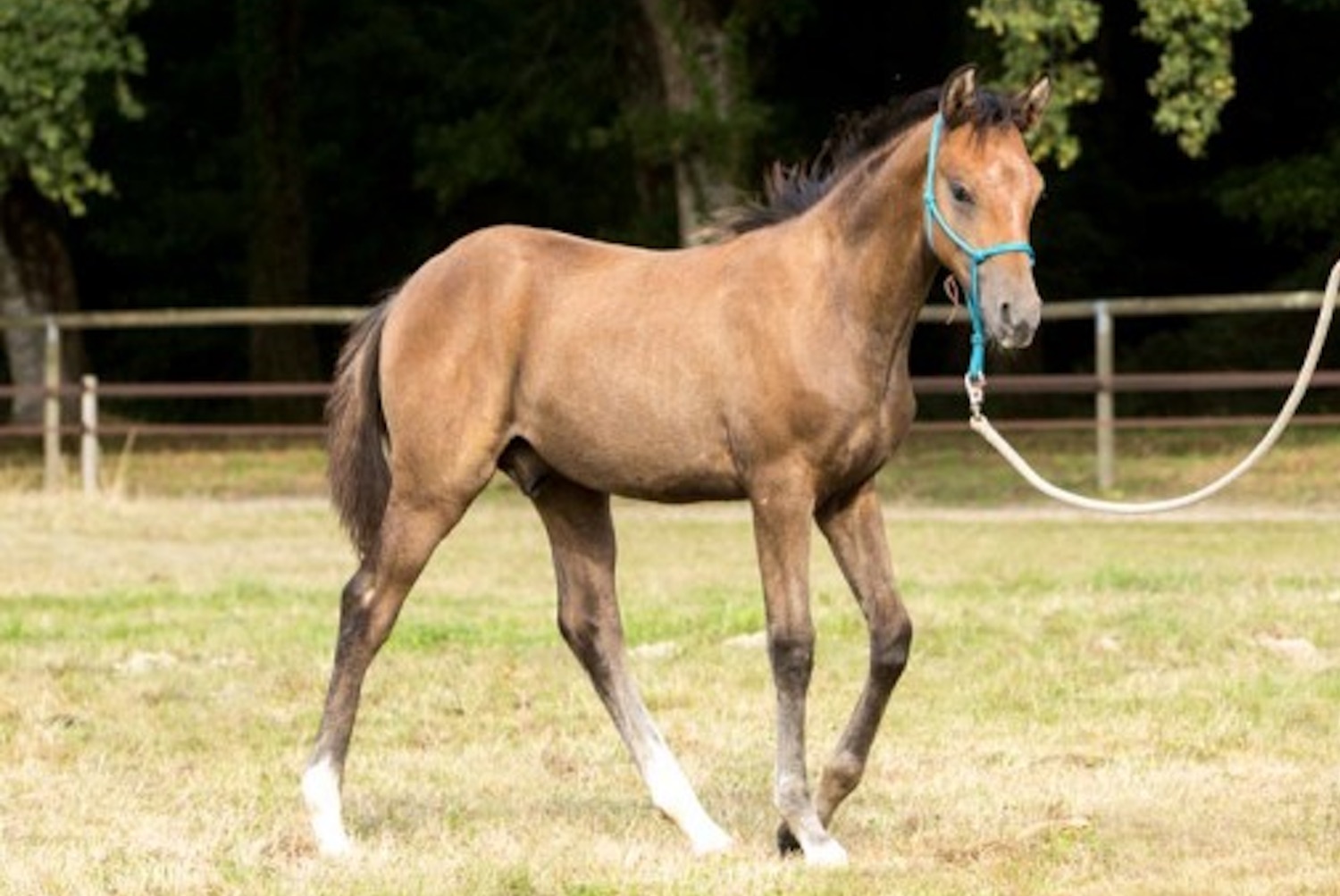We all dream of producing the perfect horse – one that is calm, confident, and happy in all areas of life. To achieve this goal takes dedication, patience, understanding, and a large commitment of time. Although horses don’t typically start their training to ride or drive until they are 3-6 years old, in this article we will discuss some simple training activities you can use to prepare your youngstock prospects for their future sporting career.
Before jumping into our youngstock training program it is important to preface that when working with youngstock it is best practice to keep your sessions short, positive, and ultimately fun. By keeping these three core principles you will not only avoid souring your young prospect, but also hopefully engage and interest them in the session. Use each small session as a building block towards your next goal, and remember to take your time, enjoy the experience, and cherish the connection you are working on building with your youngster.
Touch
Foals and youngstock typically benefit from being handled early on in their life. This is an important step, and one to which we have dedicated a previous article – click here to read more.
Ground Manners
Once your young prospect has accepted touch and had an introduction to being haltered, it is time to build on this skill by adding basic manners. The goal with this step is to ensure that they are well-behaved when handled. This includes introducing the idea of personal space, yielding to pressure, and standing respectfully. These skills will take time to develop as they require self-control, patience, and self-confidence, but the pay-off long-term is worth the effort.
Build Confidence and Experience New Things
Horses are not that different from any other animal – they build confidence through exploring, experiencing, and interacting with new and strange things. By providing fun and positive exposure to new objects and experiences, you can help develop the horse’s confidence which will eventually lead to desensitization.
Introduction to Tack
Although your young horse is not ready to take a rider or pull a vehicle, you can help prepare them for this training by introducing them to the sight, feel, and process of being tacked up.
Long Lining
Whether you are looking to teach a horse to ride or to drive, long lining is a training practice which provides lessons in communication, and can begin to introduce directed movement. For more information about long lining and its benefits, you can read our previous article here.
Nature Is Calling
Once your prospect is calm, confident, and you have a good rapport, it is time to take them out for adventures! Introduce them to as many sights, sounds, and smells as possible. You can go for a hike at a national forest, take them to the beach, attend a show with a friend, or go ponying on a trail.

